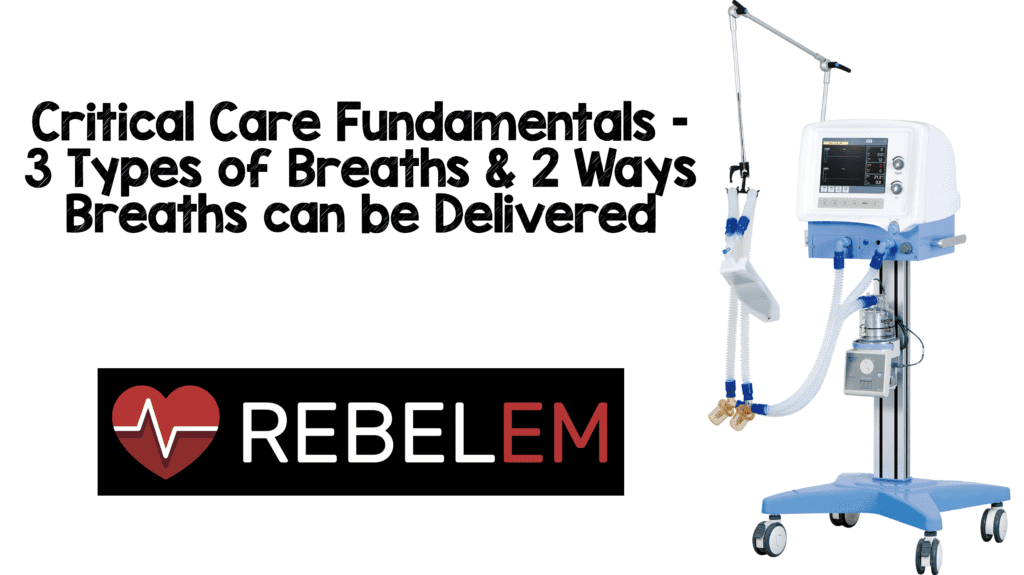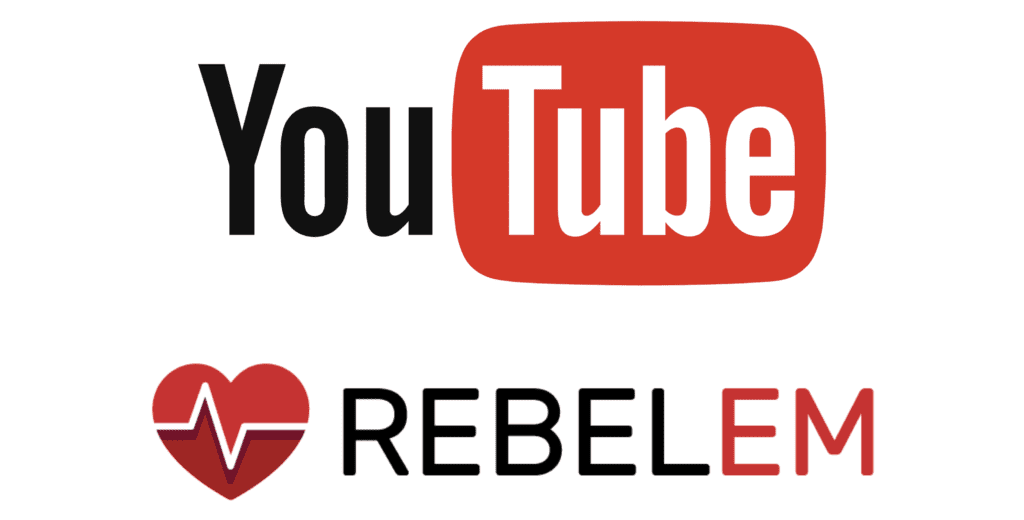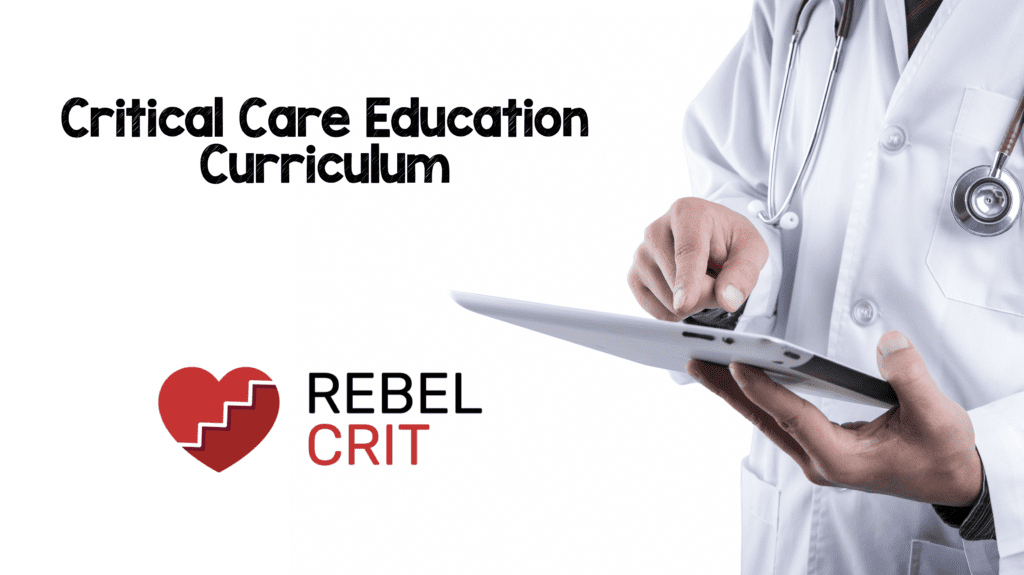
 Mechanical Ventilation is a modality commonly used in the critically ill, but many providers, may not have a strong understanding of the basics of mechanical ventilation. Emergency Medicine and Critical Care Physicians need to have a firm grasp of the basic concepts of mechanical ventilation because without it, we can do serious harm to our patients. Airway management is not complete once the endotracheal tube is placed through the cords, and the proper selection of both the ventilator mode and initial settings is essential to ensure your patient has the best possible outcomes. You should not simply rely on the respiratory therapist to know your patients physiology. Clear communication with your therapist about the patient’s physiology and initial ventilator setting is crucial.
Mechanical Ventilation is a modality commonly used in the critically ill, but many providers, may not have a strong understanding of the basics of mechanical ventilation. Emergency Medicine and Critical Care Physicians need to have a firm grasp of the basic concepts of mechanical ventilation because without it, we can do serious harm to our patients. Airway management is not complete once the endotracheal tube is placed through the cords, and the proper selection of both the ventilator mode and initial settings is essential to ensure your patient has the best possible outcomes. You should not simply rely on the respiratory therapist to know your patients physiology. Clear communication with your therapist about the patient’s physiology and initial ventilator setting is crucial.
[embedyt] https://www.youtube.com/watch?v=BLC-I4f-LBg[/embedyt]
Also Be Sure to Checkout our YouTube Channel

3 Types of Breaths
- Controlled Breath: Fully controlled by the ventilator
- Assisted Breath: Patient can trigger a breath, but once triggered, the ventilator will do all the work
- Supported/Spontaneous Breath: Patient triggers the breath, and does much of the work during the breath
2 Ways Breaths are Delivered
- Volume Delivered: Predetermined volume is delivered to patient (Pressure needed to give this breath depends on the compliance)
- Pressure Delivered: Predetermined pressure given to patient (Tidal volume is unknown and depends on compliance)
Compliance = Δ Volume/ΔPressure
Volume Delivered Breath
- Advantage: Control Minute Ventilation (can set RR and Tidal Volume)
- Disadvantage: Square/Constant flow delivery which is not physiologic, Higher PIP compared to Pressure
Pressure Delivered Breath
- Advantage: Decelerating flow waveform-physiologic, and mimics normal inspiration, Higher Mean Airway Pressure allows more homogenous gas distribution
- Disadvantage: Loose direct control of minute ventilation (Can set RR, but must watch tidal volume closesly as compliance changes)
↑Peak Inspiratory Pressure & ↑ Plateau Pressure= Compliance issue
↑Peak Inspiratory Pressure & ↓ Plateau Pressure= Resistance Issue

Critical Care Education Curriculum
Please watch Critical Care Fundamentals – Mechanical Ventilation Part 1 as well
Mechanical Ventilation – Educational Reinforcement Material
Mechanical Ventilation – Supplemental Educational Material
Post Peer Reviewed By: Salim R. Rezaie, MD (Twitter: @srrezaie)
The post Critical Care Fundamentals: Basics of Mechanical Ventilation Part 2 appeared first on REBEL EM - Emergency Medicine Blog.
